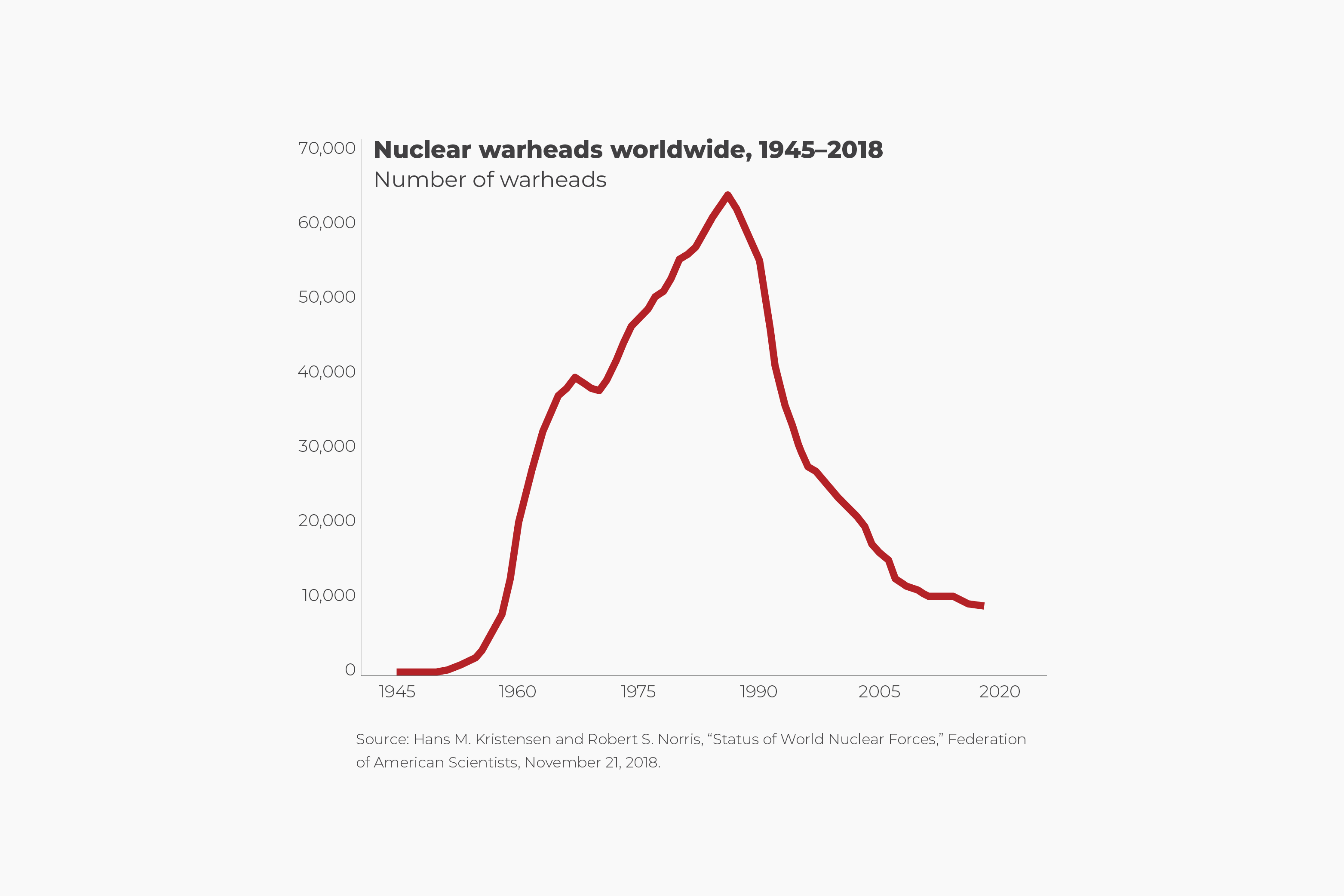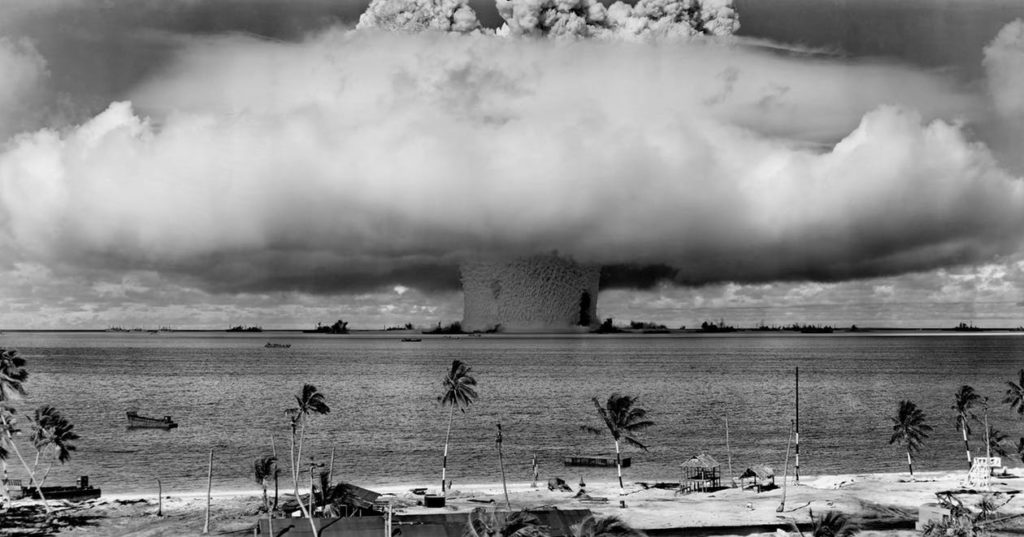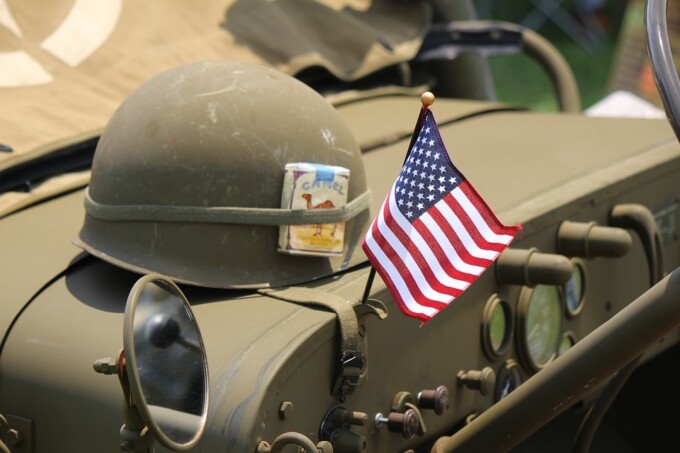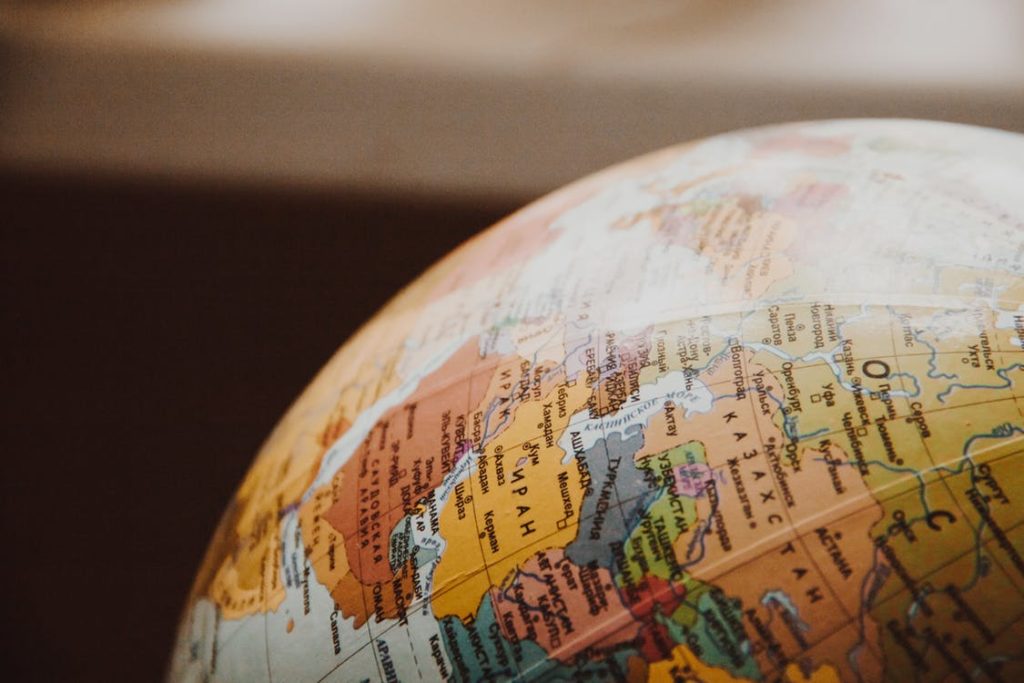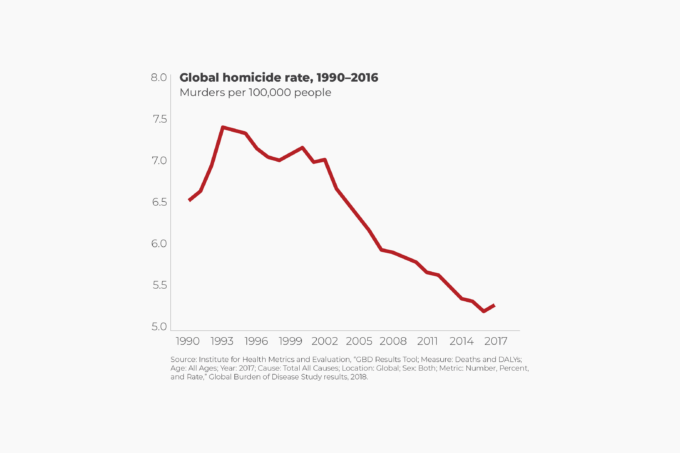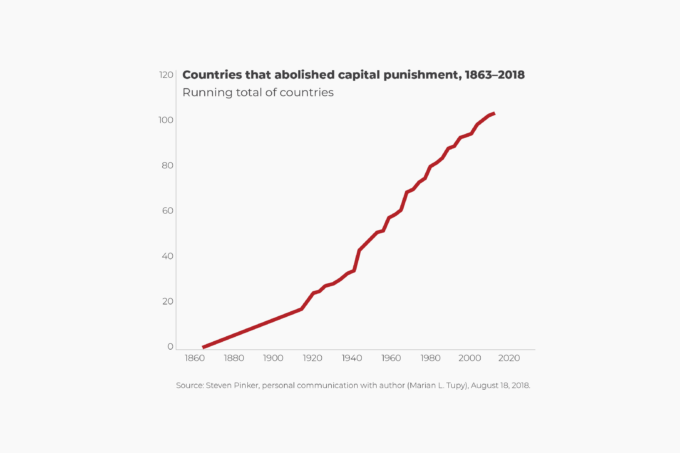On August 6, 1945, the Japanese city of Hiroshima was obliterated by an American uranium bomb called Little Boy. Three days later, a U.S. plutonium bomb called Fat Man flattened a second Japanese city, Nagasaki. Some 200,000 people died as a result of the two explosions. The Japanese Empire surrendered, and World War II came to an end. Once the awesome power of these new weapons was revealed, a global nuclear arms race ensued. The Soviet Union got its first bomb in 1949, Great Britain in 1953, China and France in 1964, and Israel in 1967. Those were the principal nuclear powers during the Cold War.
At the height of the Cold War in 1986, the nations of the world possessed 64,449 nuclear warheads capable of destroying our planet many times over. With 40,159 warheads, the USSR led the way. The United States was the runner up with 23,317 warheads. Since the end of the Cold War in 1991, the number of nuclear powers actually increased, as India, Pakistan, and North Korea joined the club. But in contrast, the number of warheads declined to 9,305 in 2018—an 86 percent reduction.
The end of the ideological conflict between the two superpowers accounts for much of the reduced number of nuclear warheads, along with the adoption of various arms limitation treaties. Moreover, nuclear weapons are expensive to develop, build, maintain, and protect. The United States, for example, is estimated to have spent $11.6 trillion (in 2018 U.S. dollars) on its nuclear arsenal between 1940 and 2005. Finally, nuclear powers have realized that relatively few nuclear weapons are necessary to deter their enemies.

